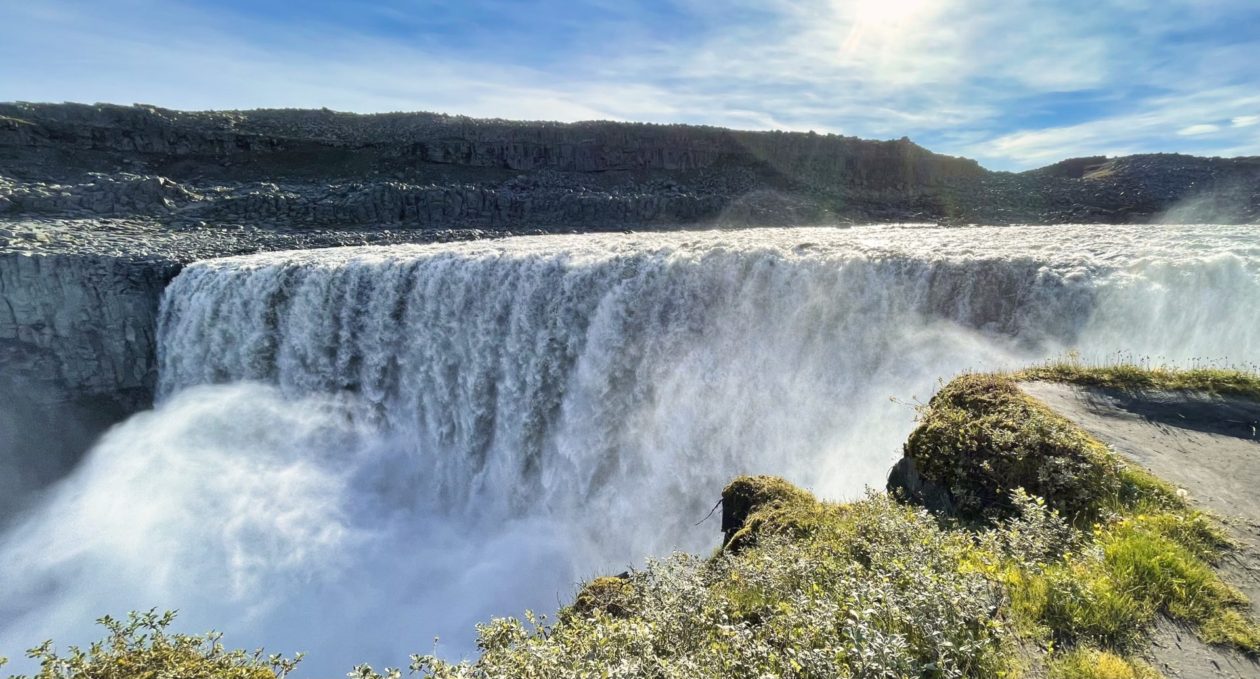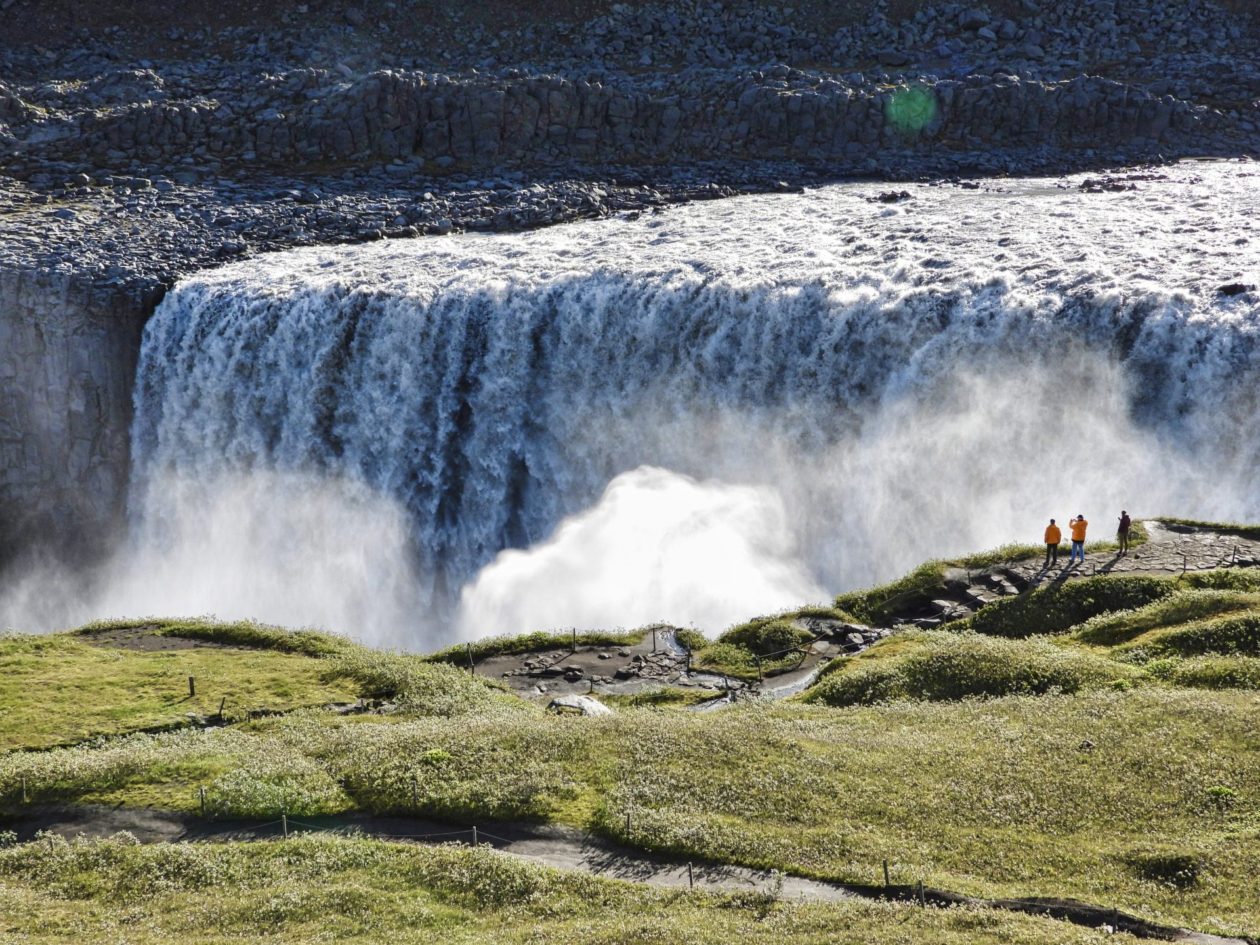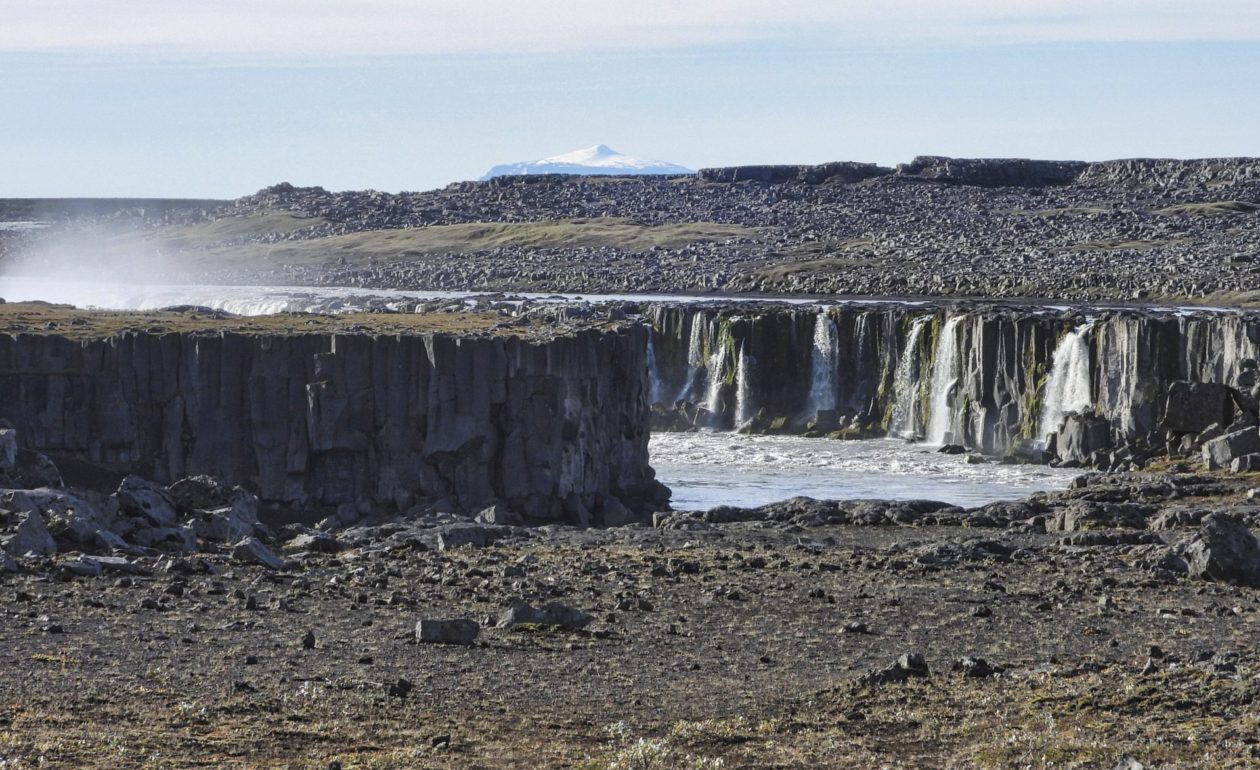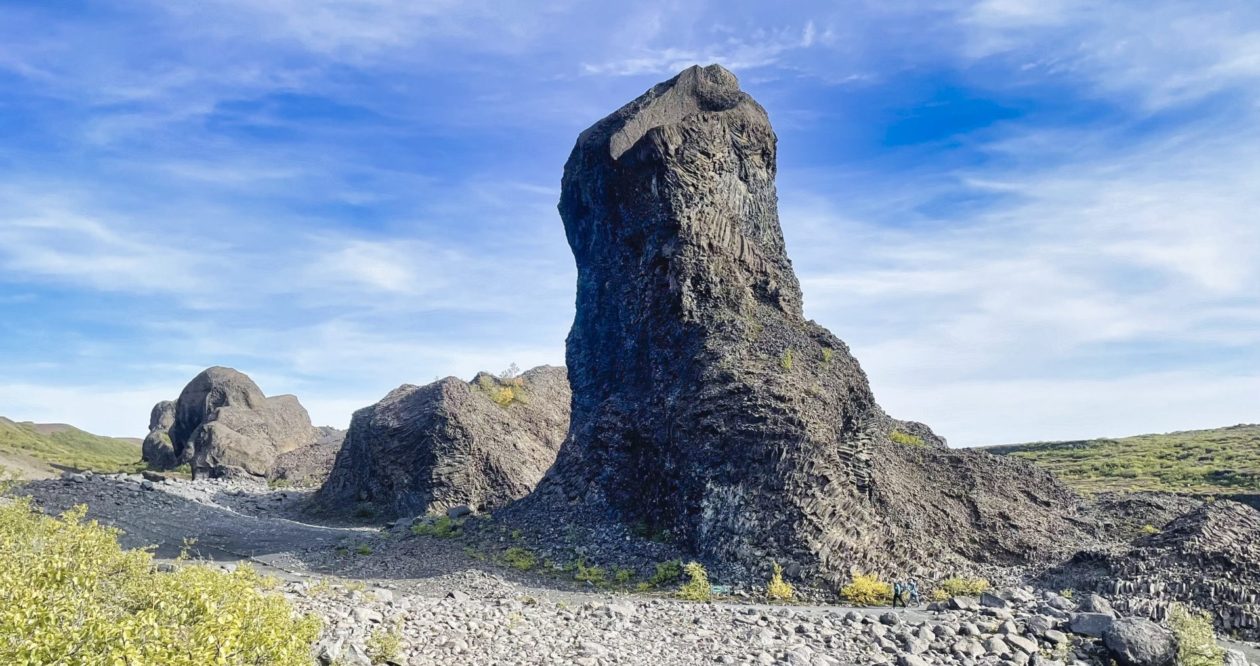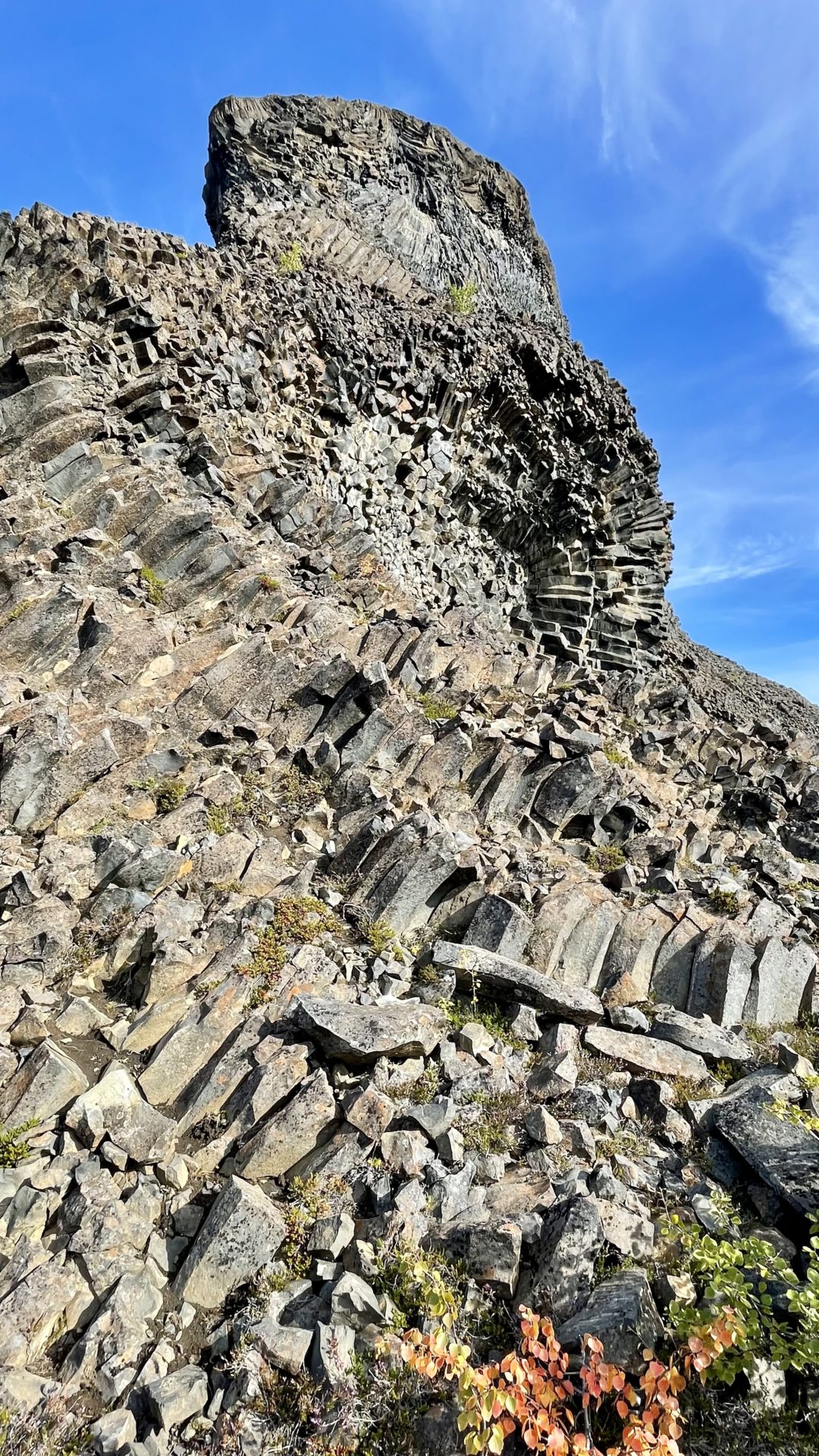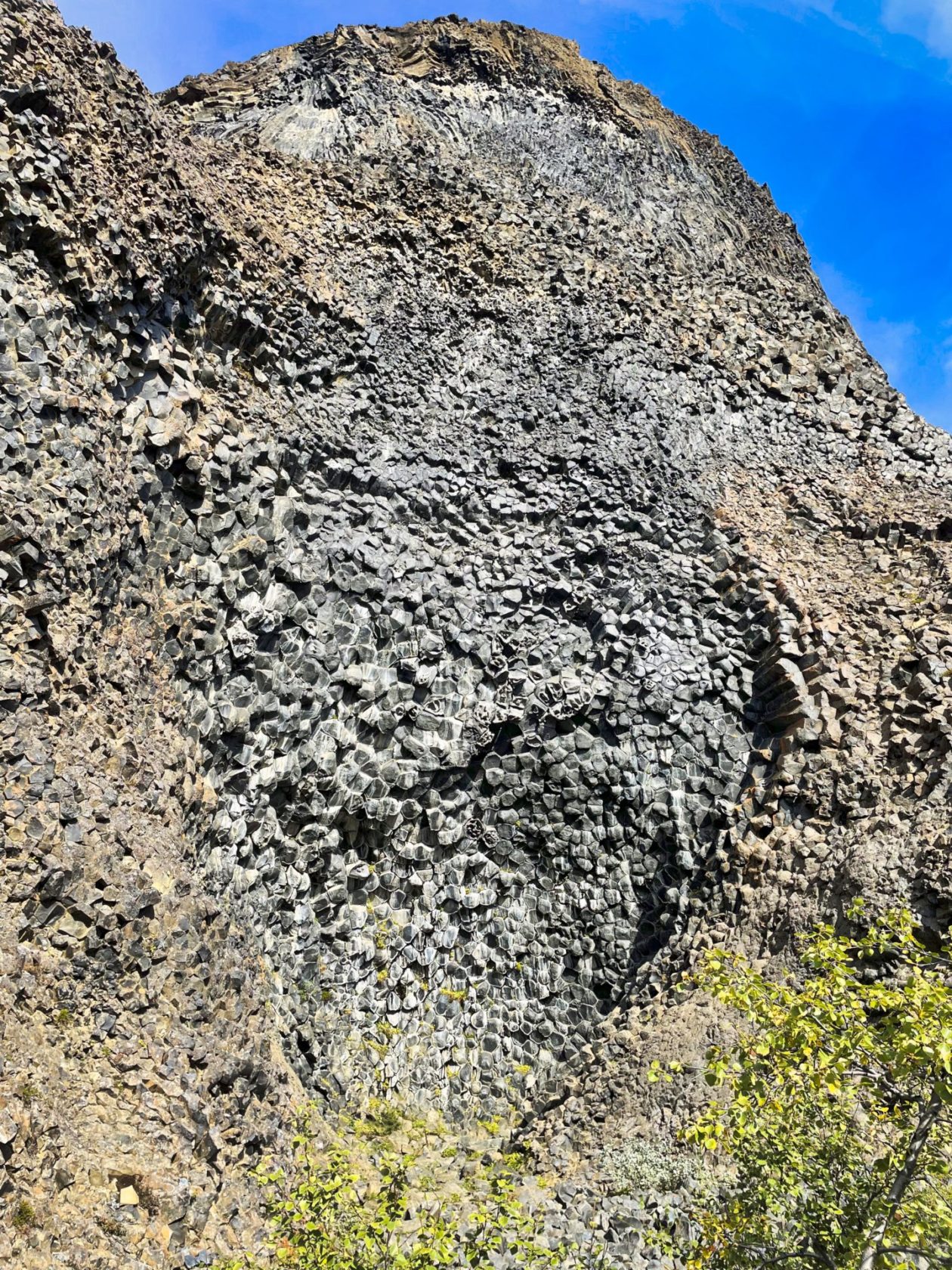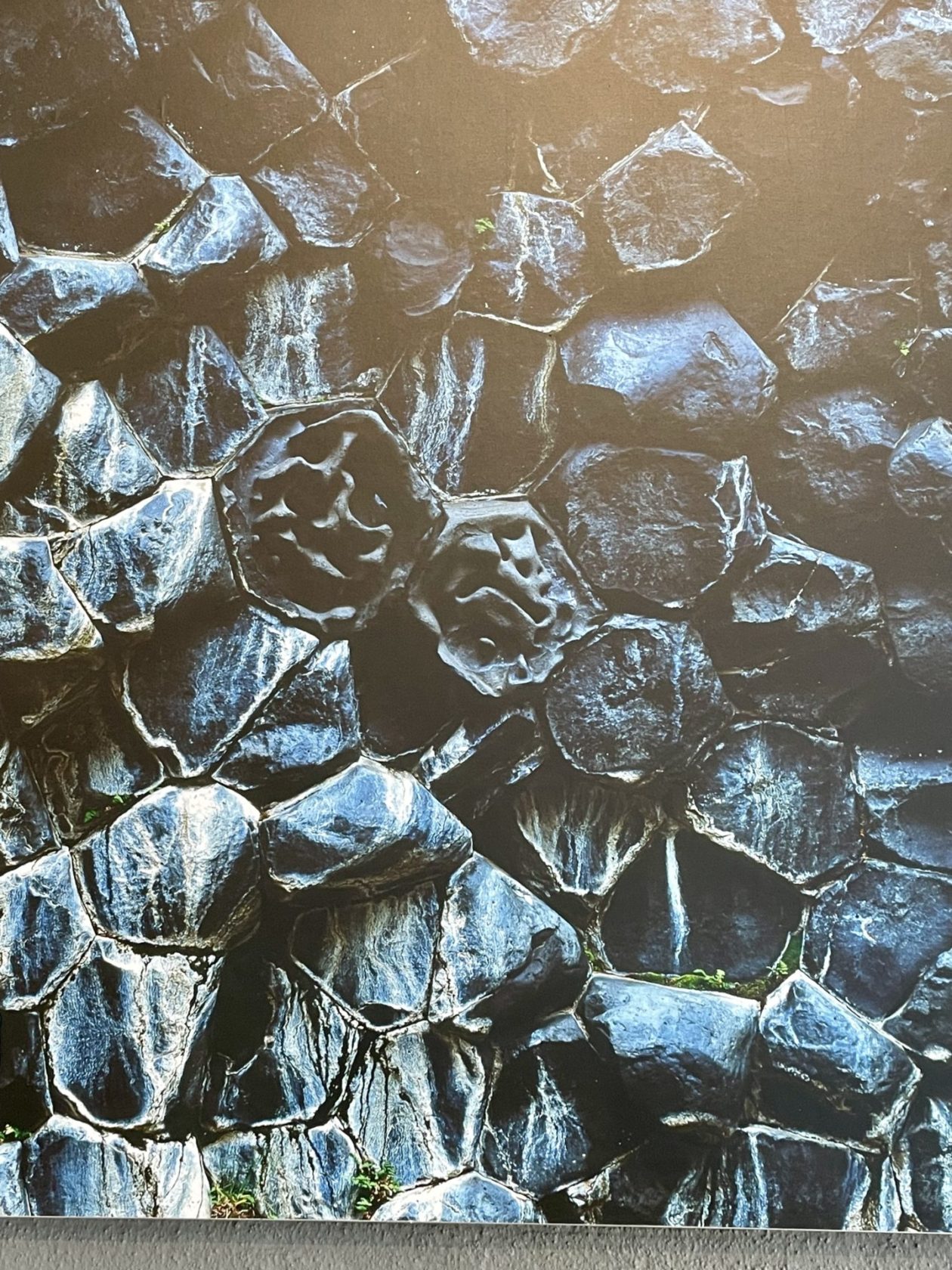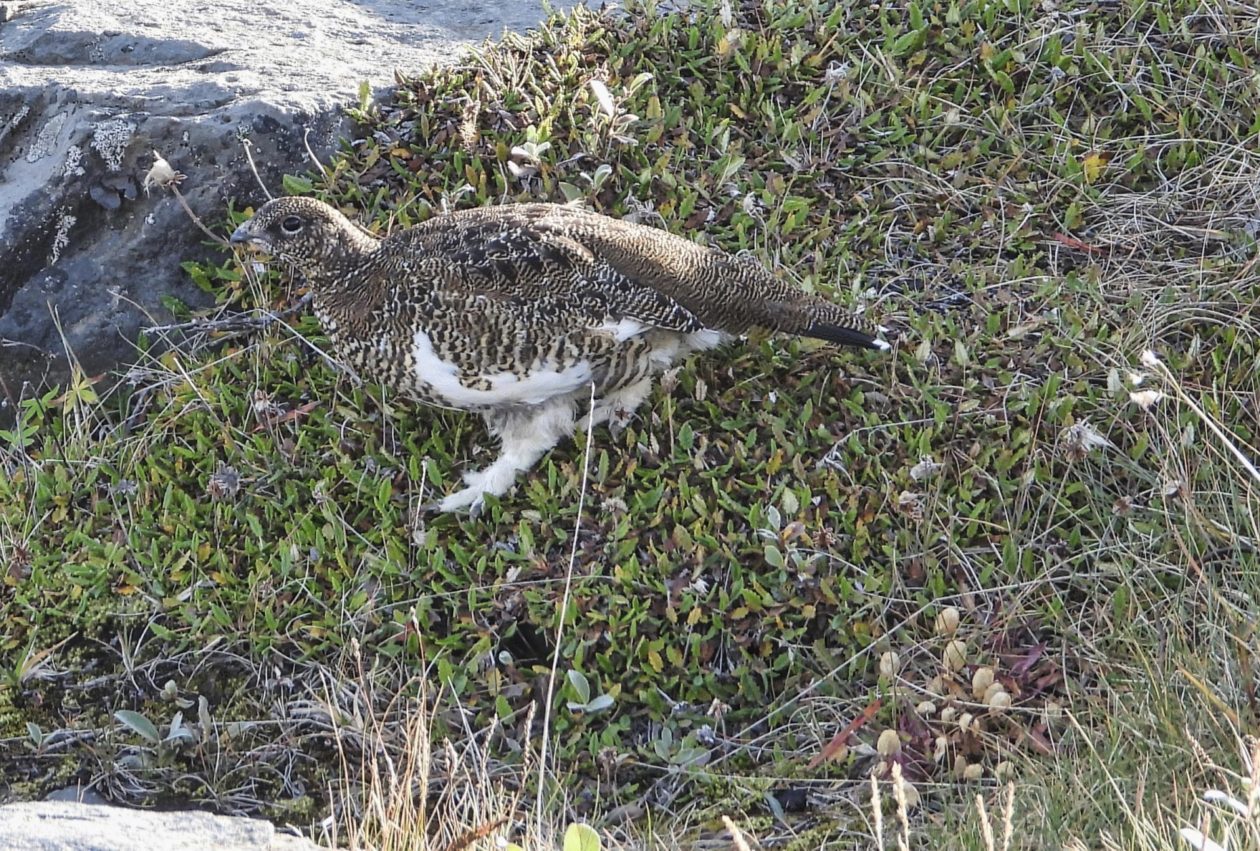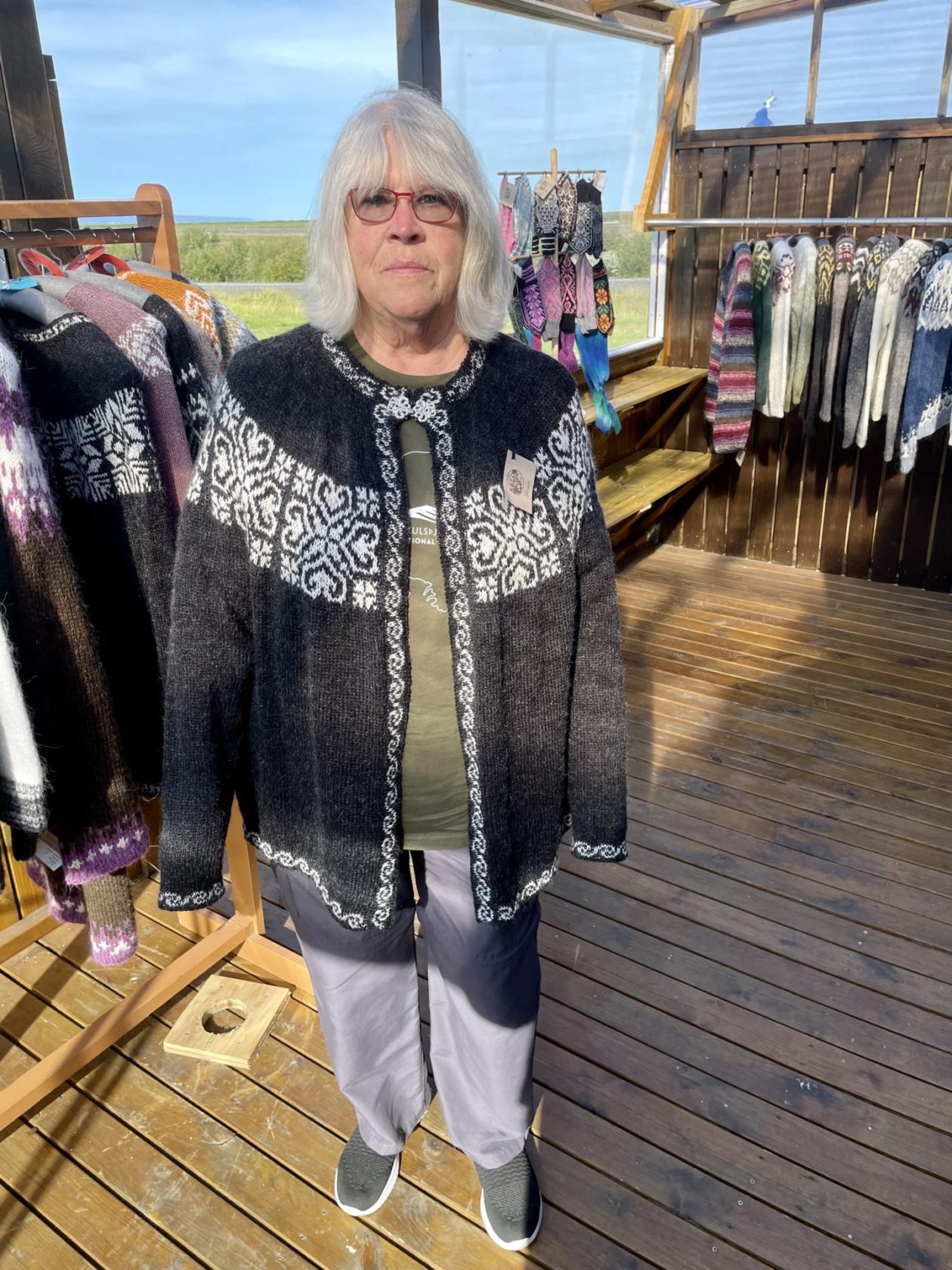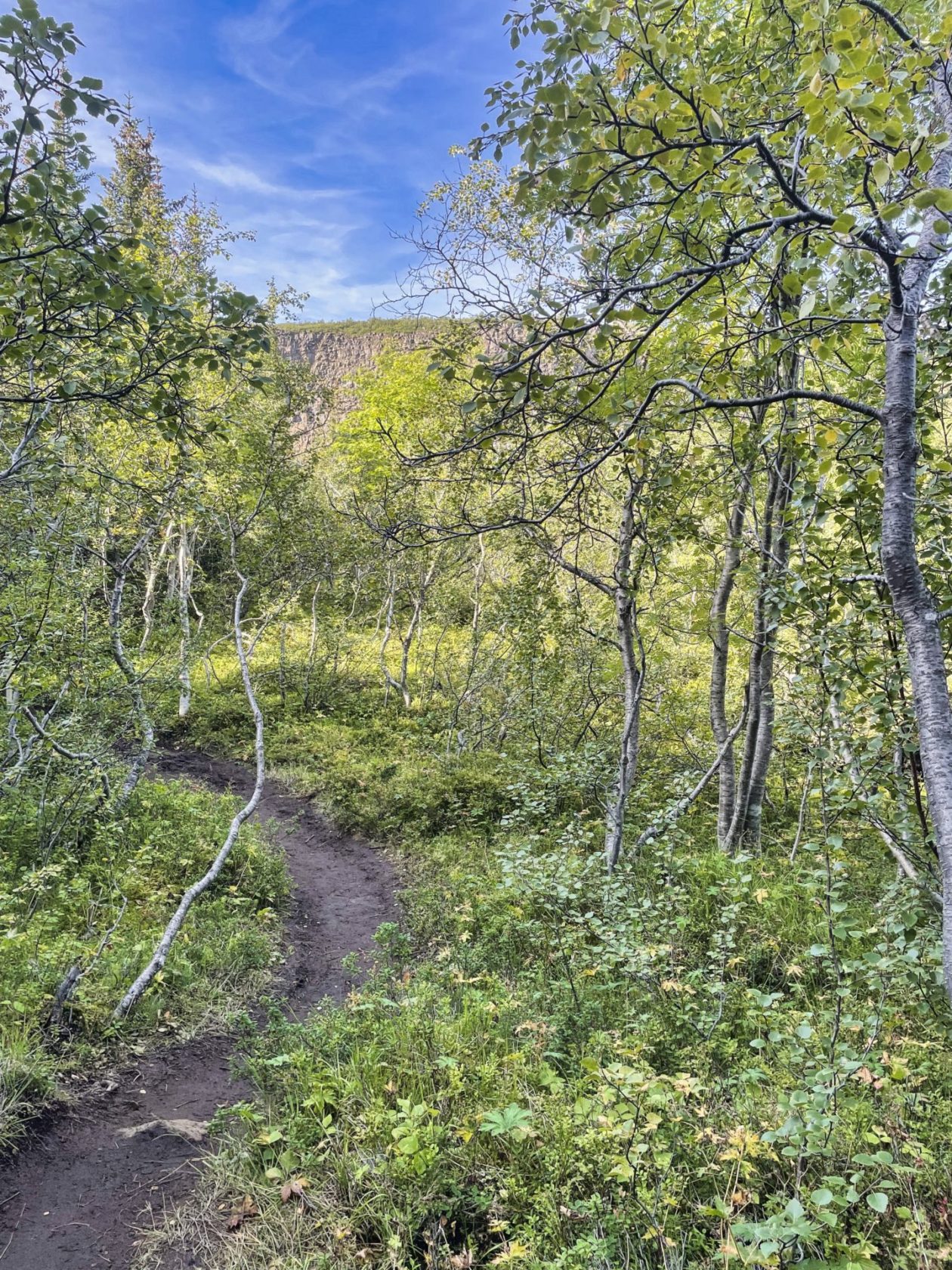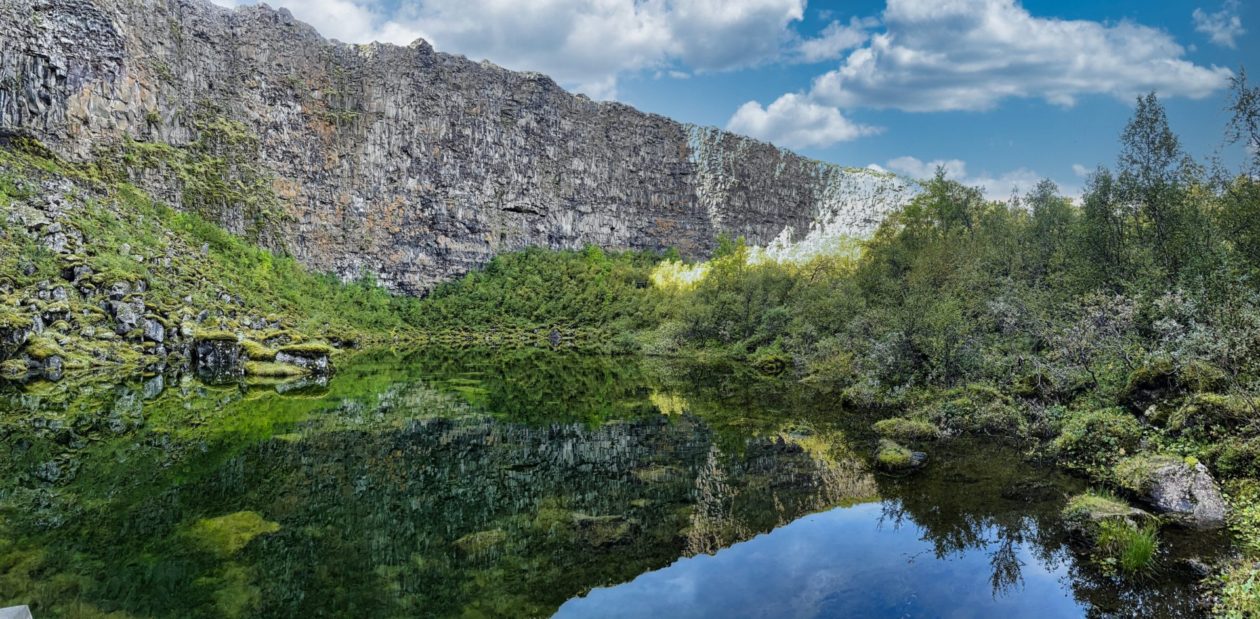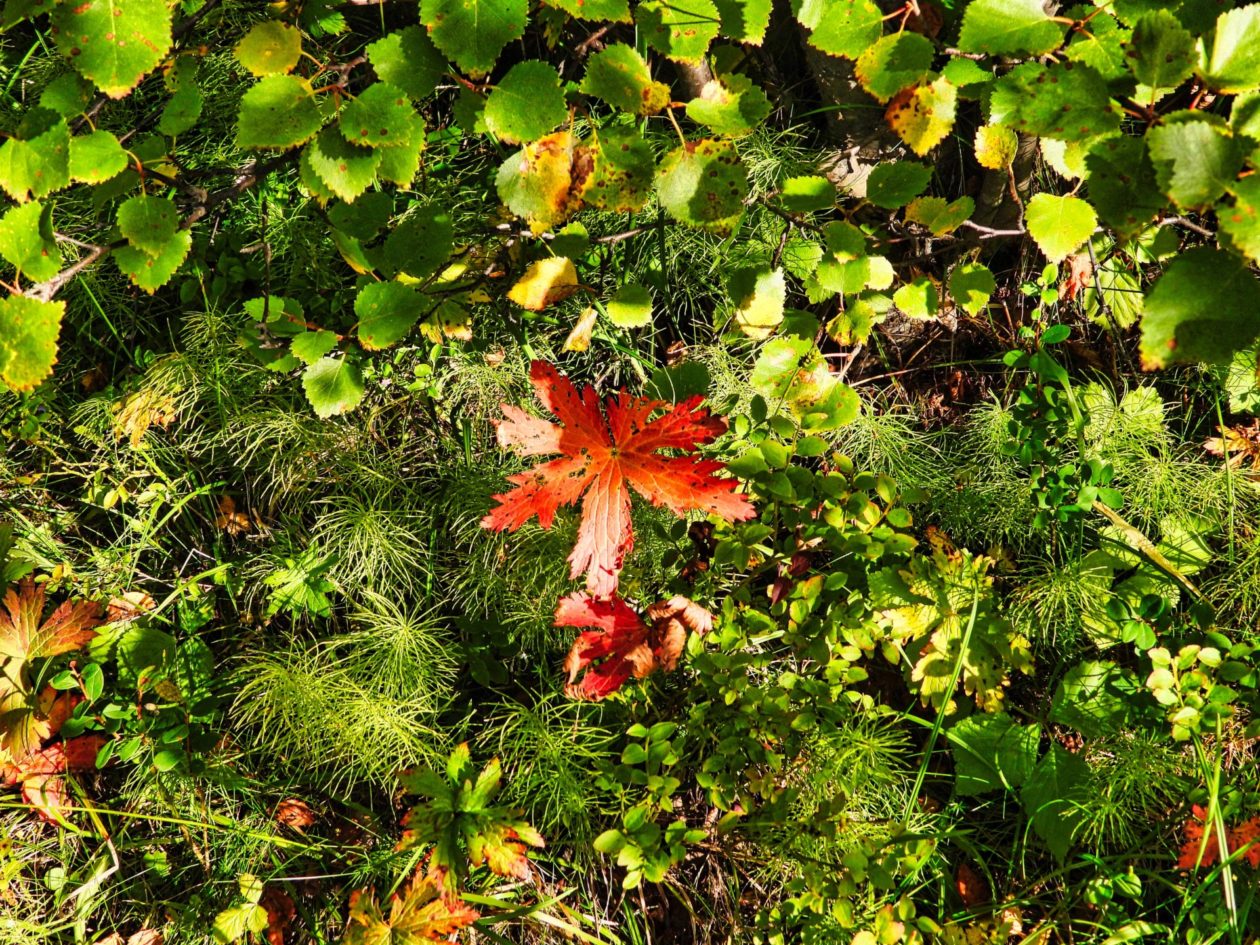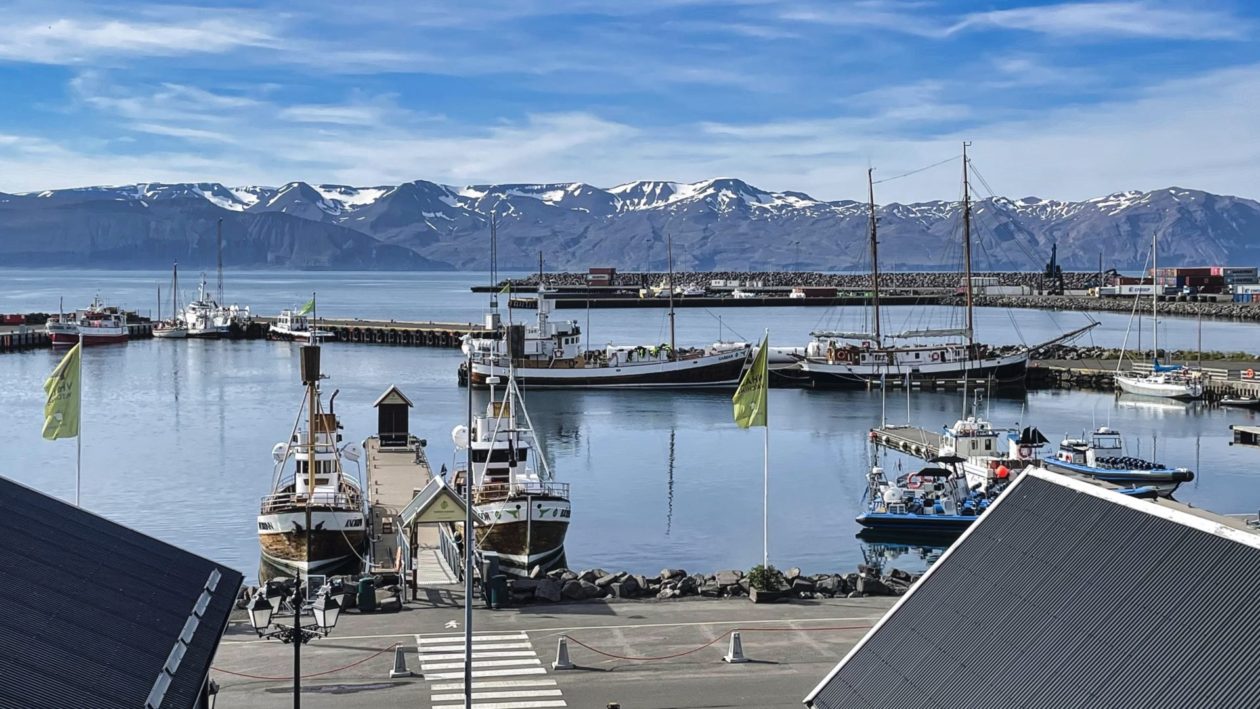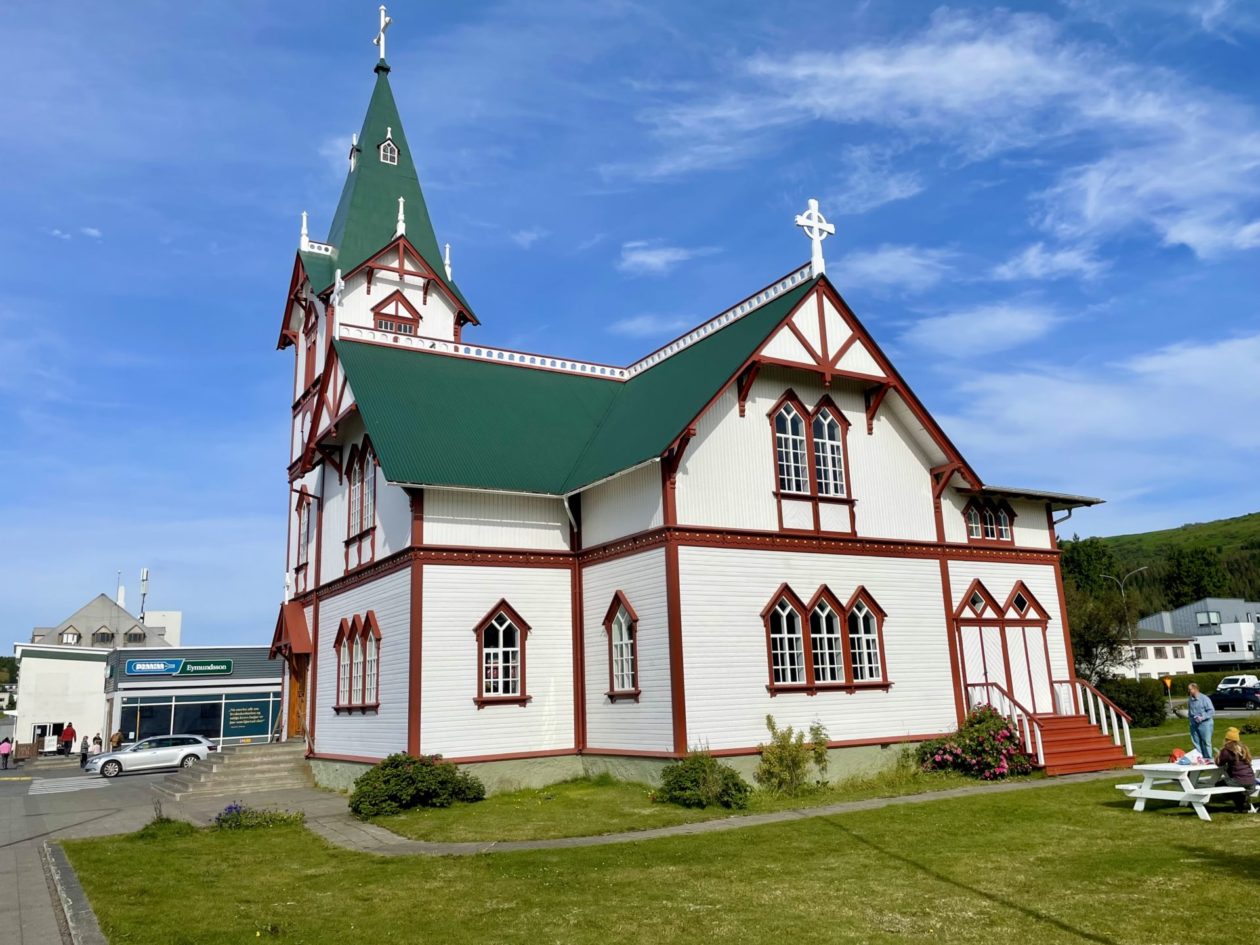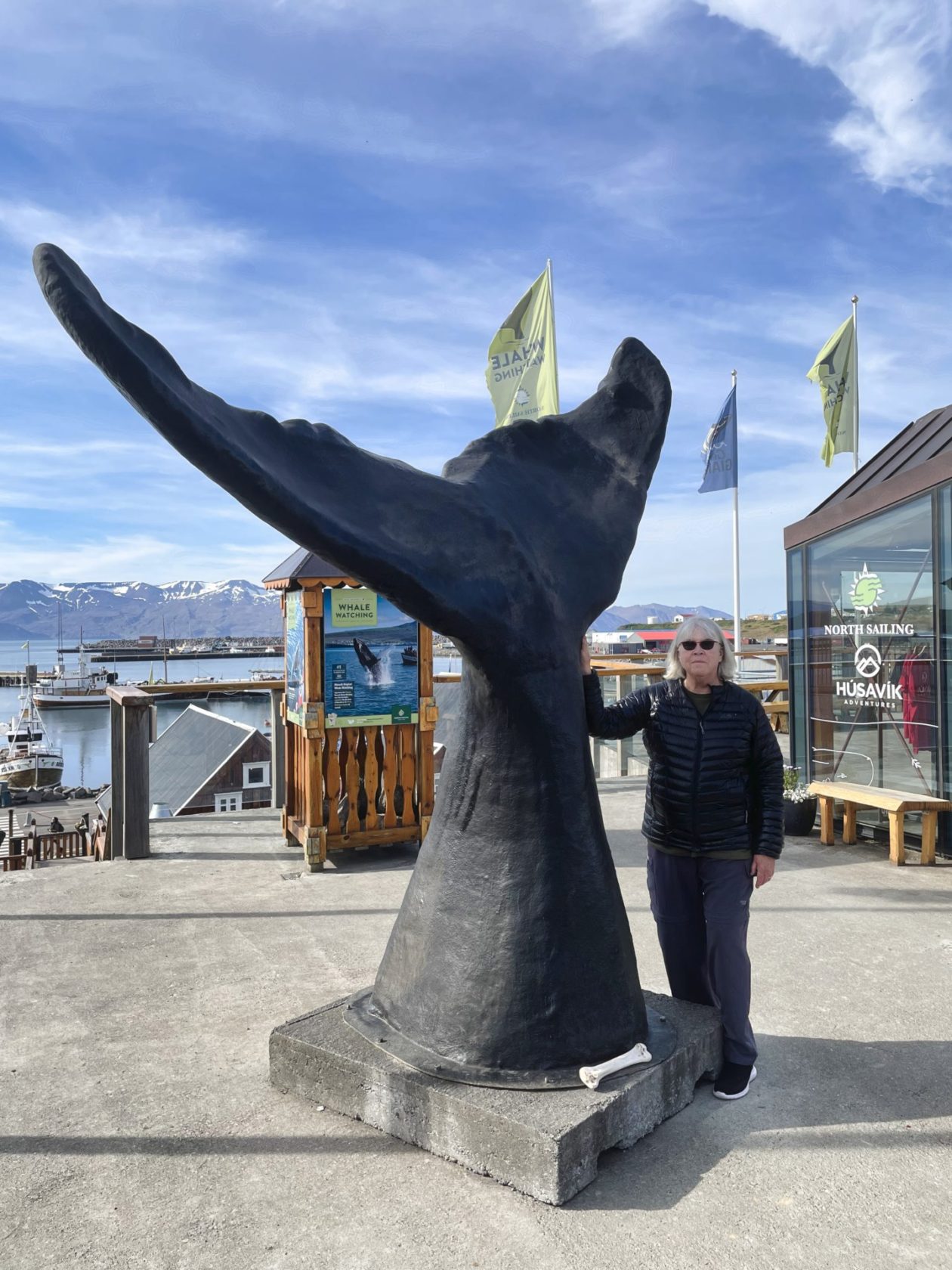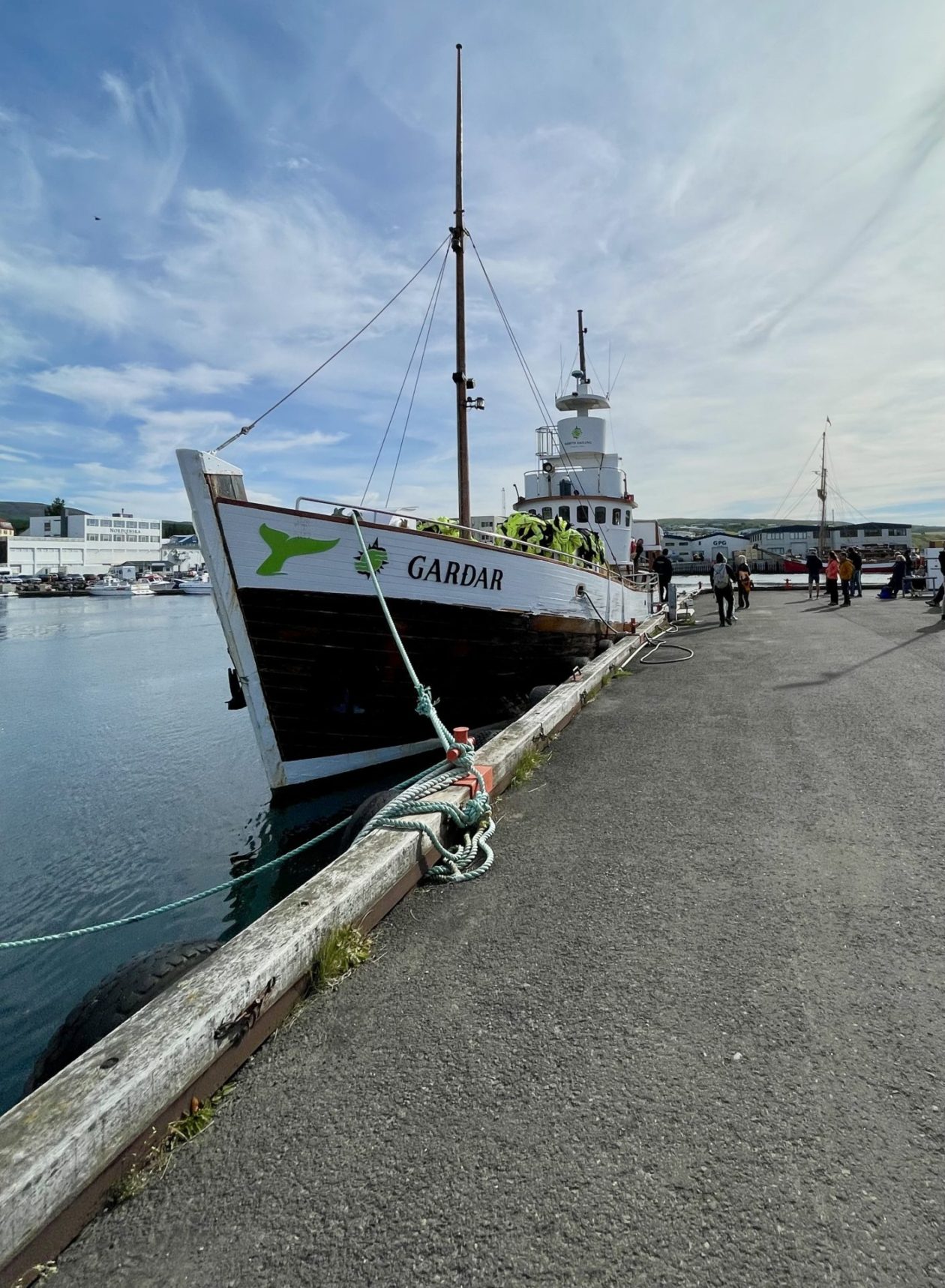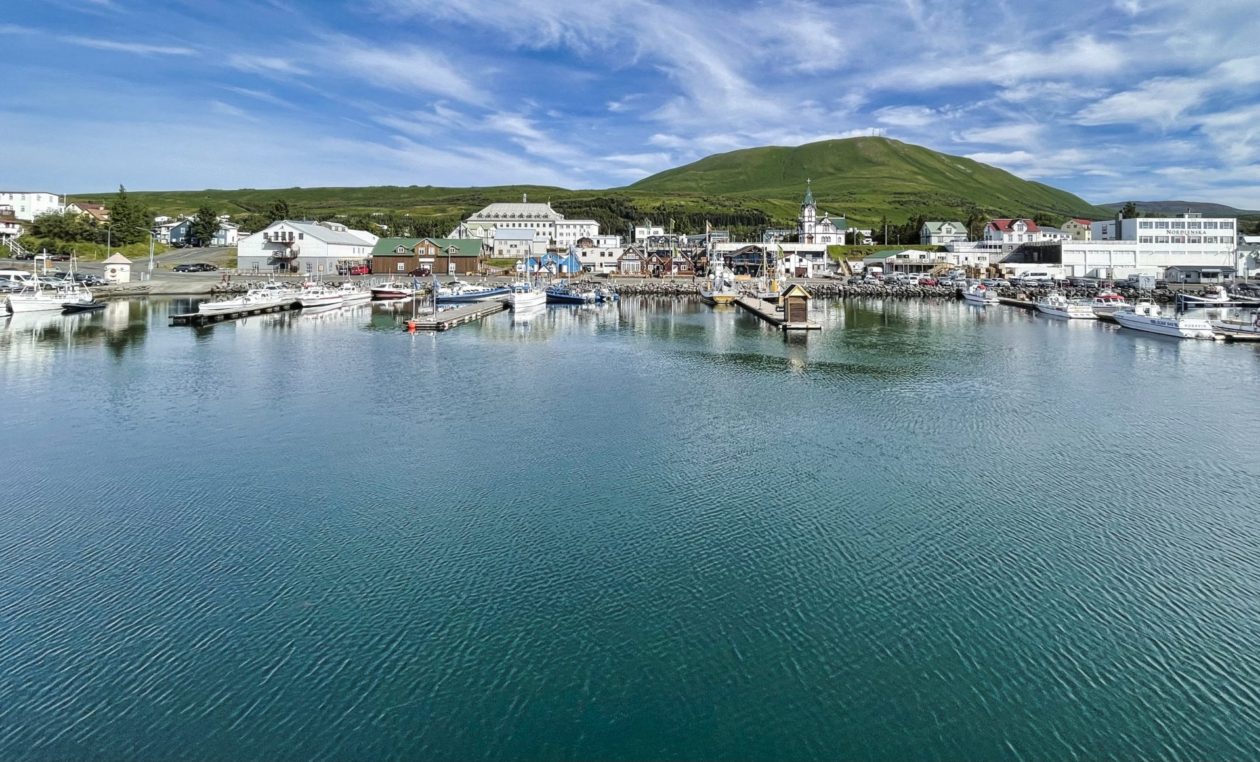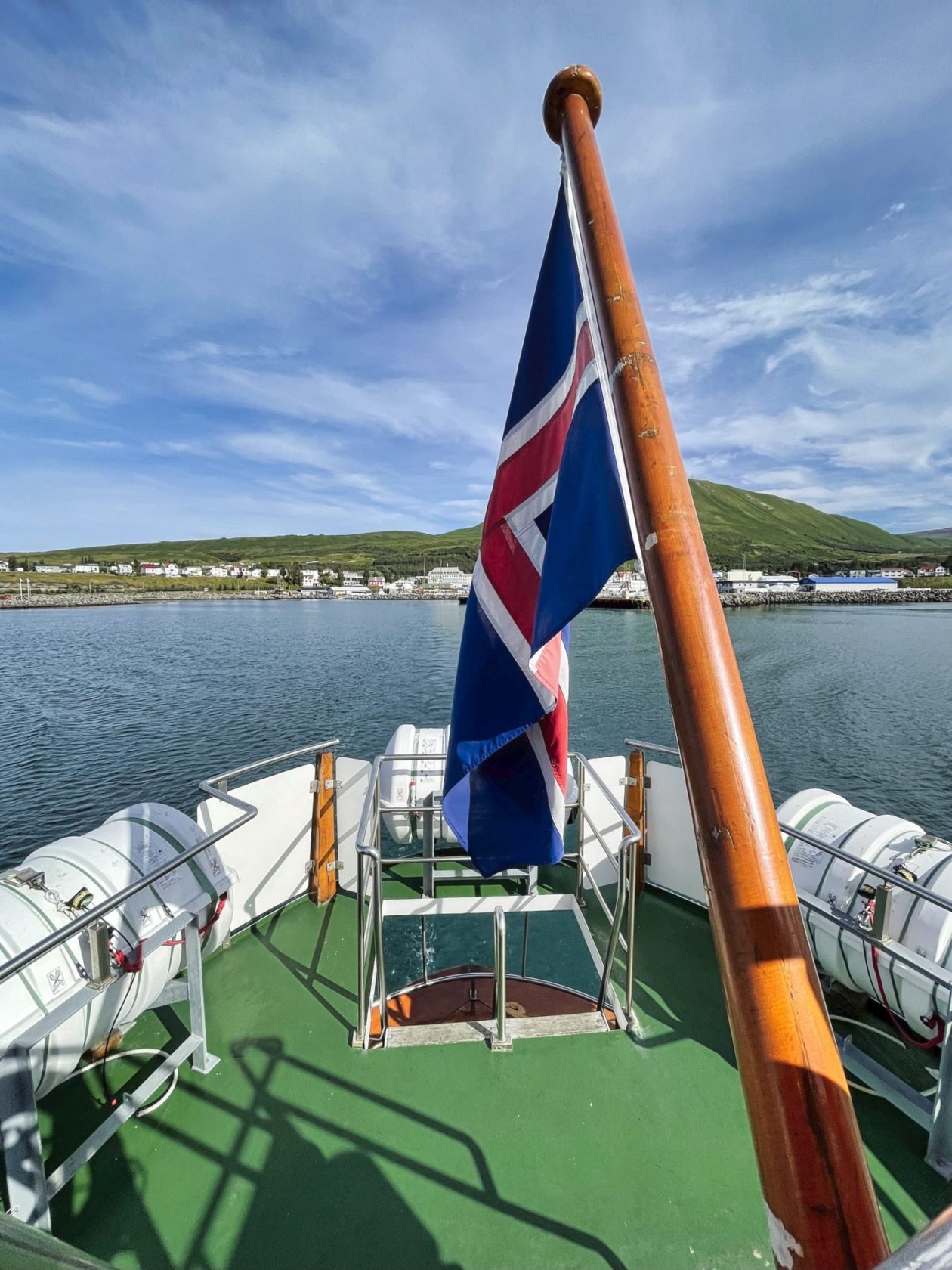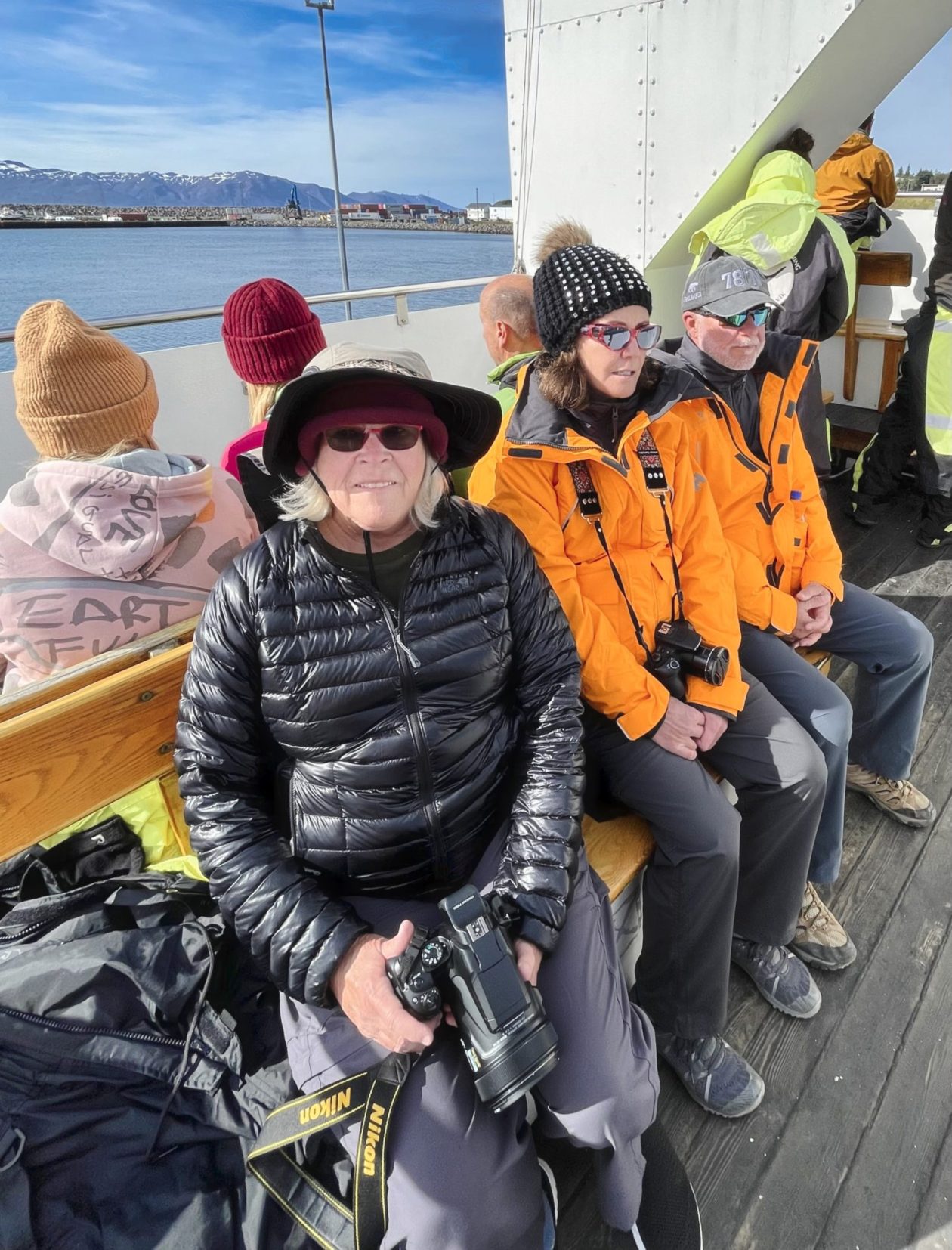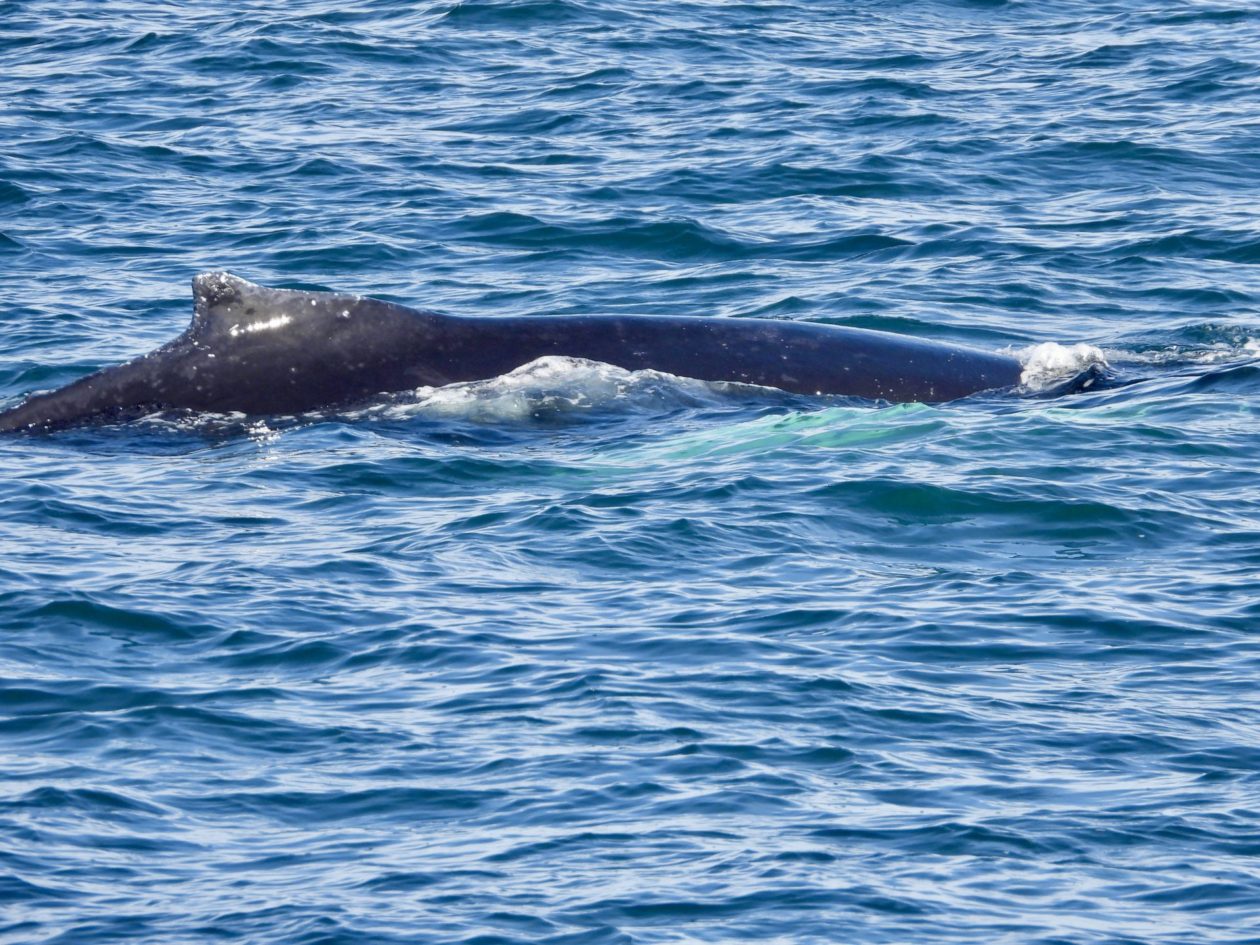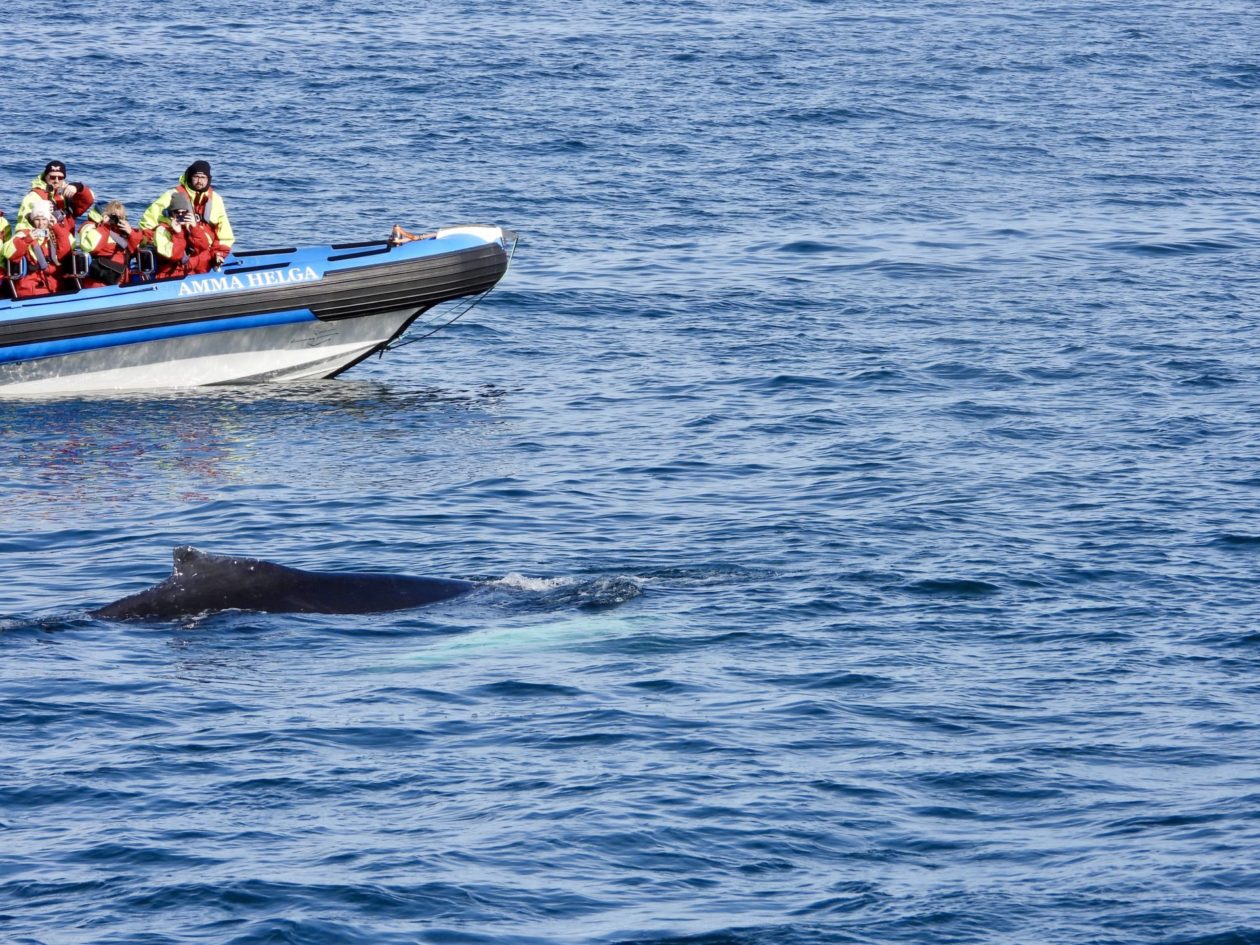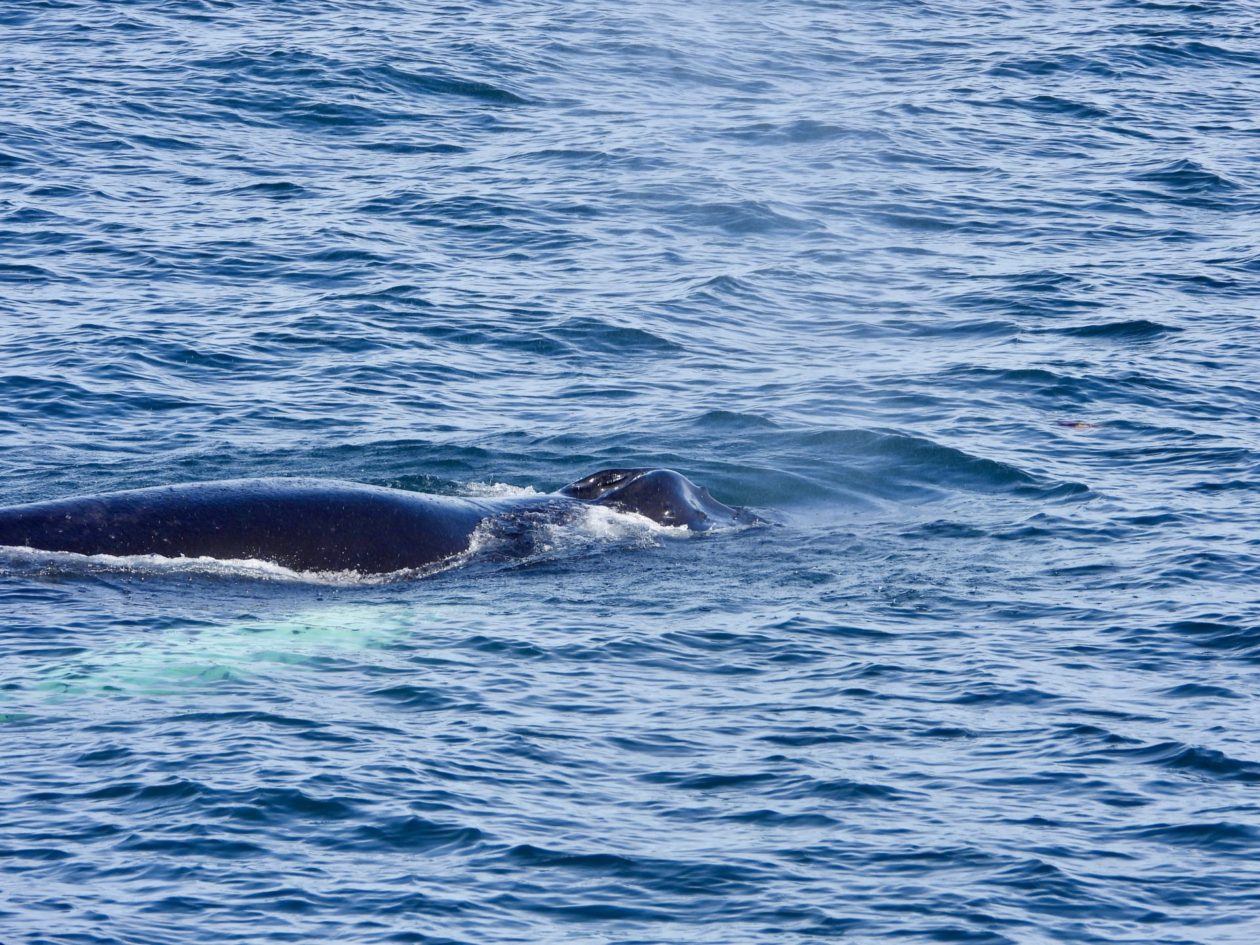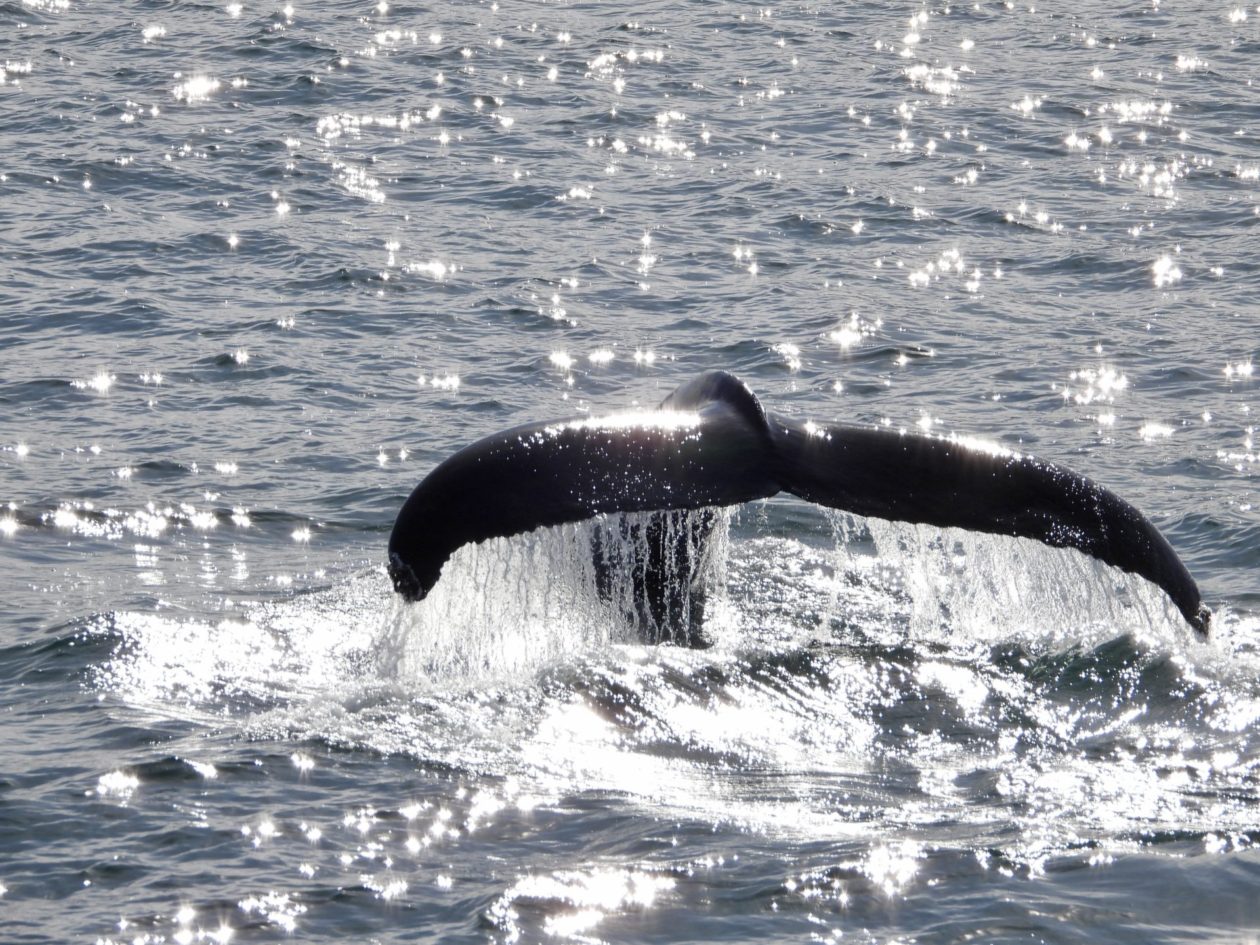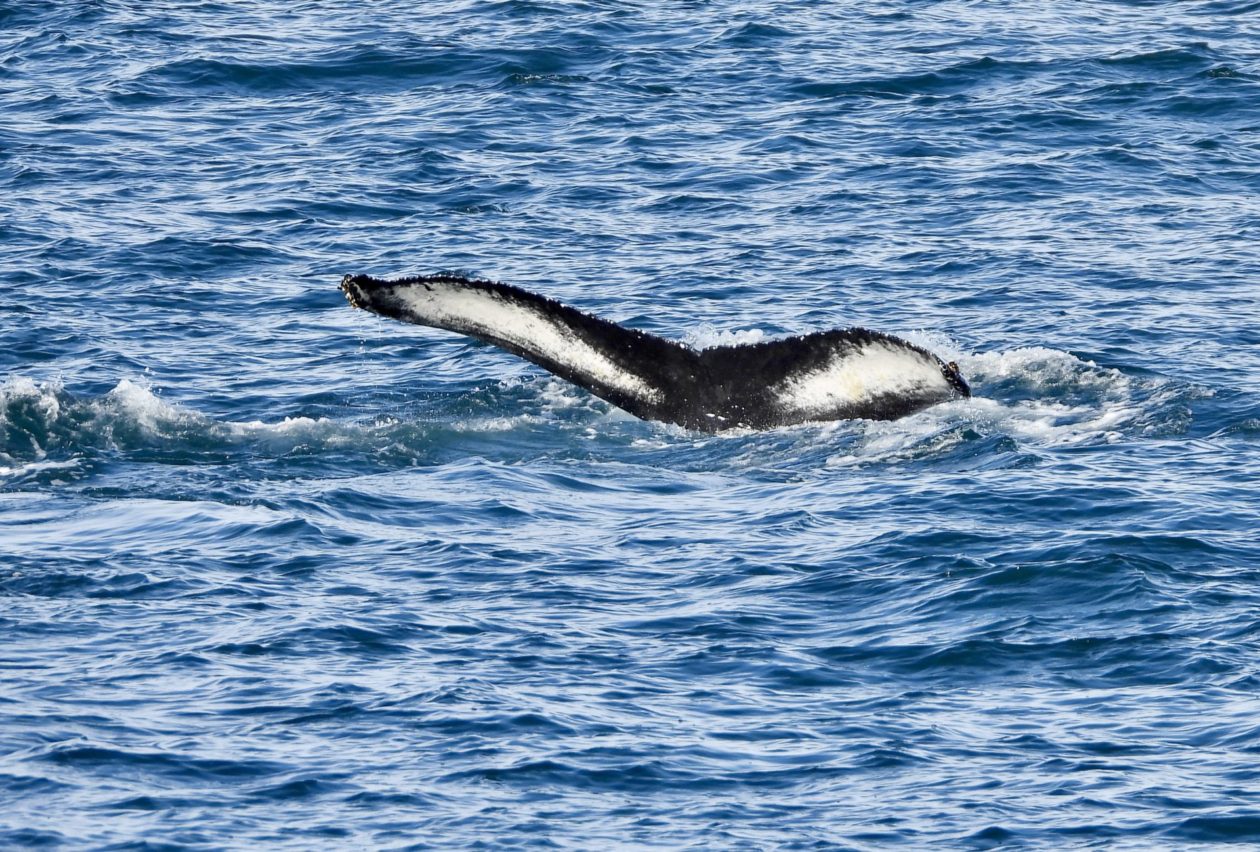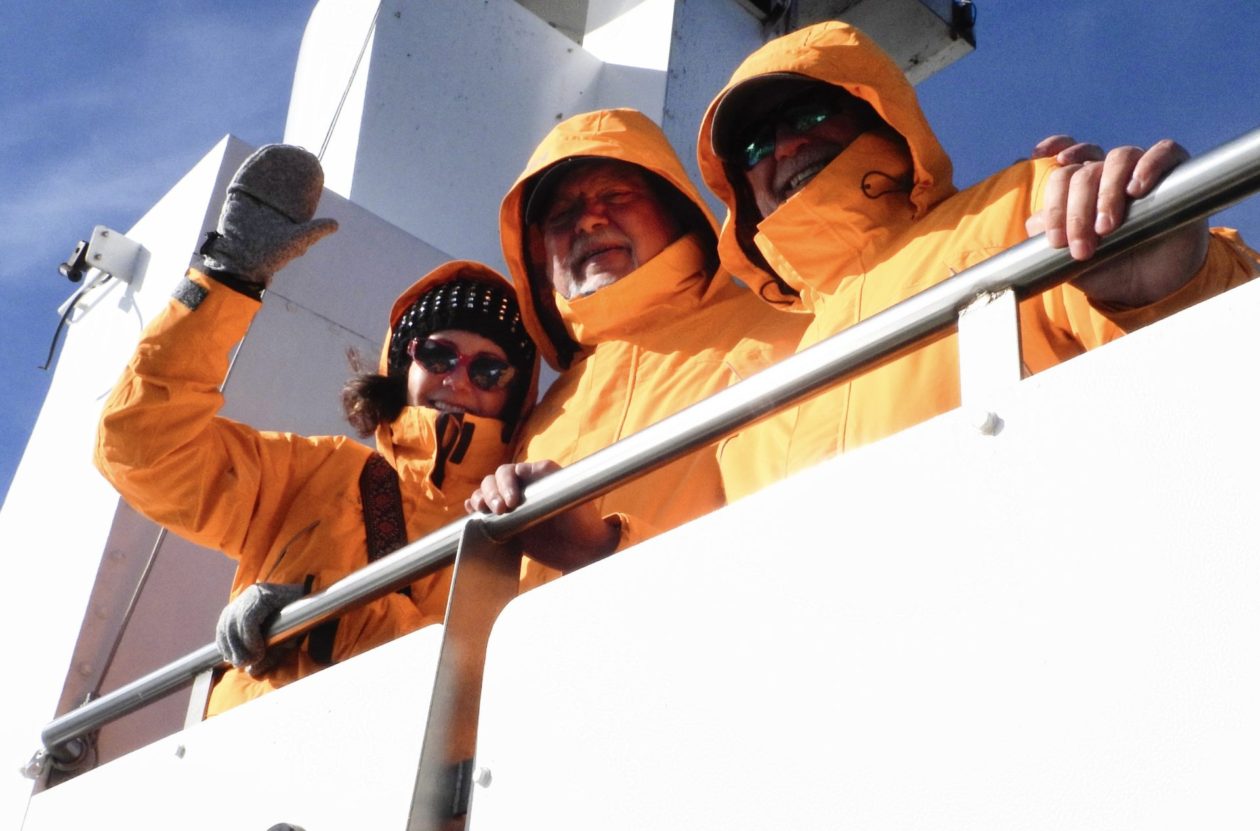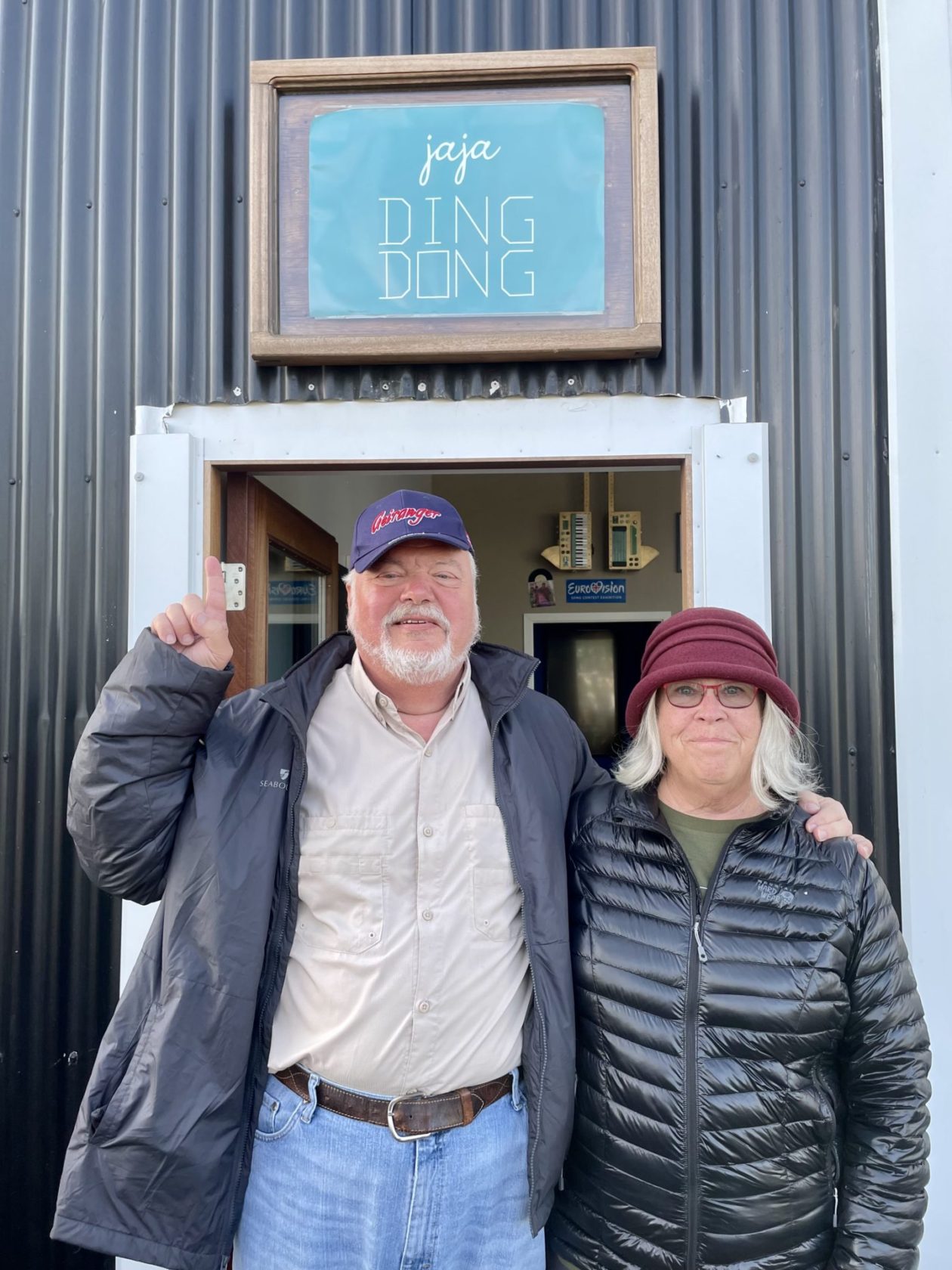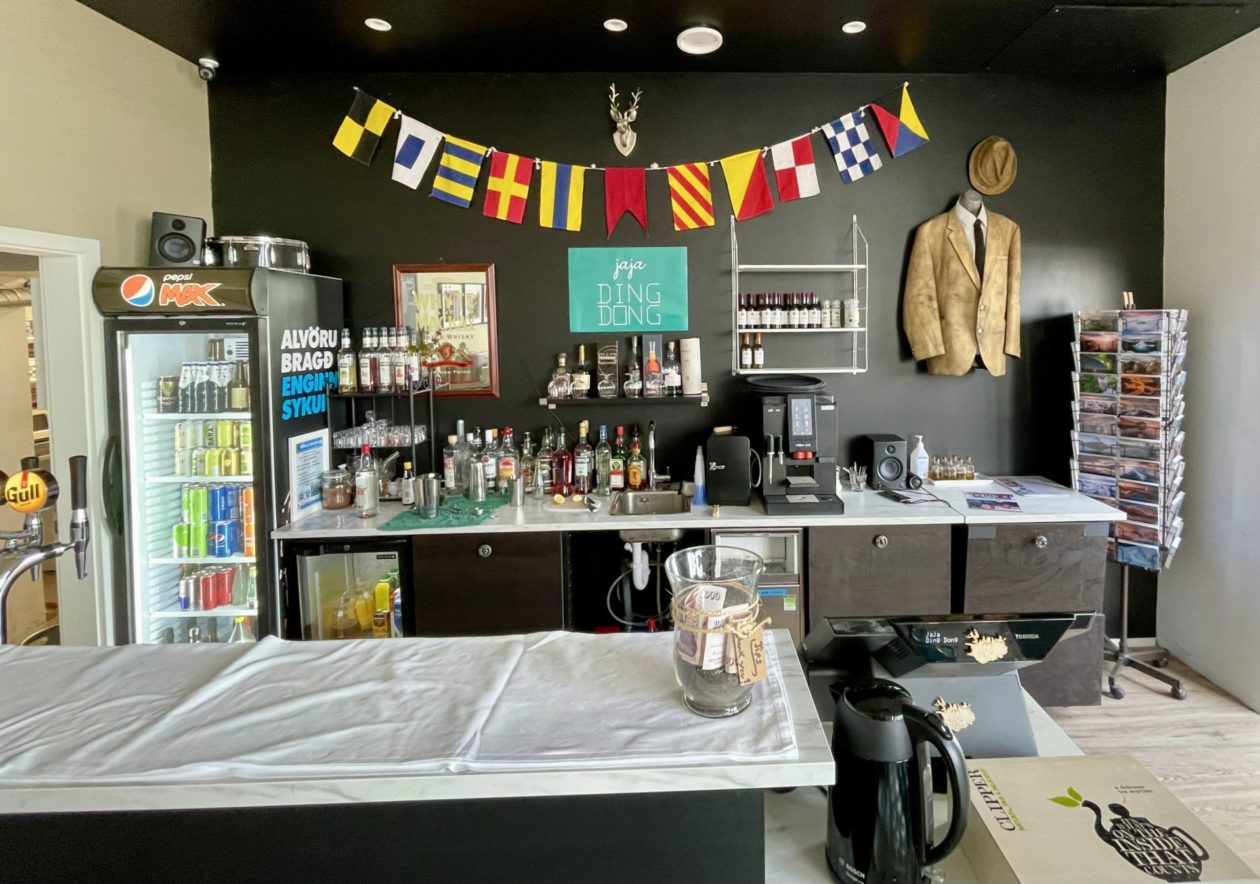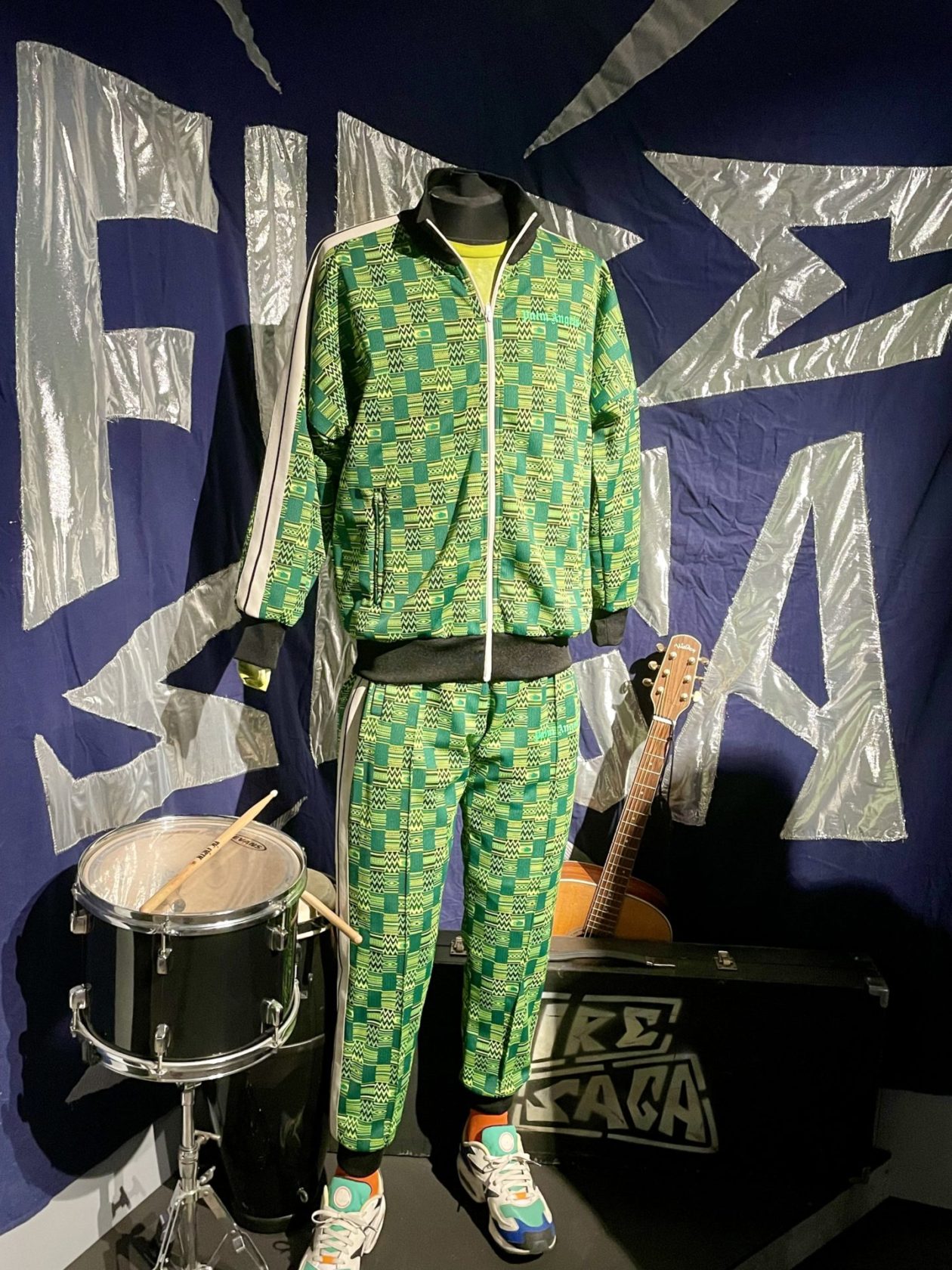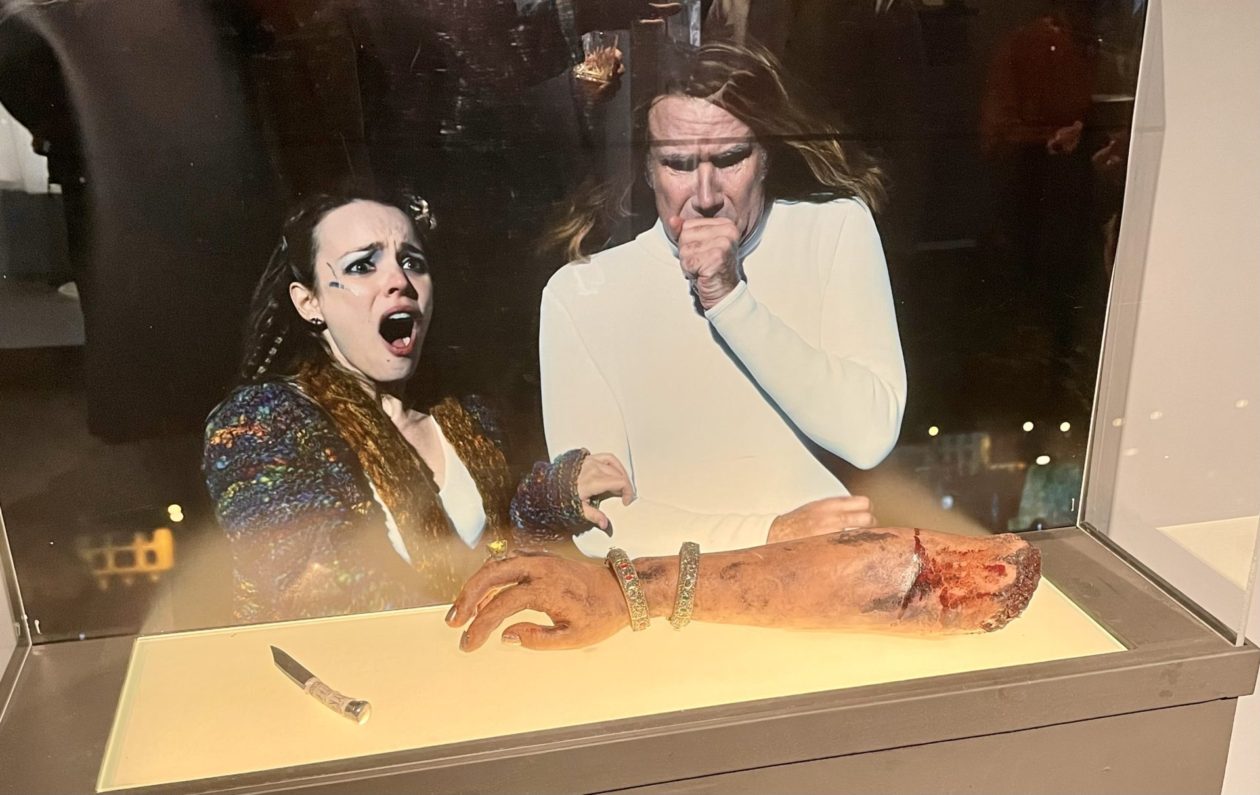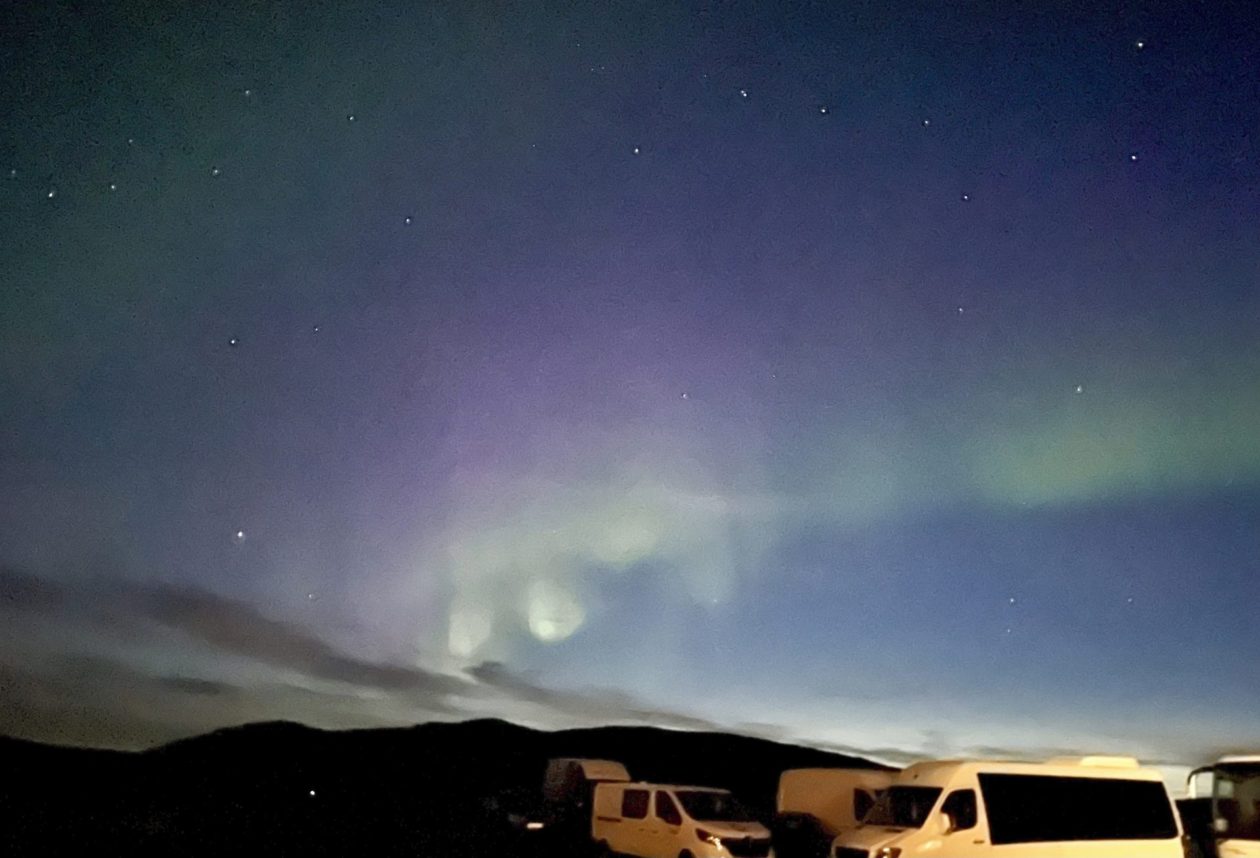- The Nordic Sojourn 2022 — start of trip
- Western Norway — Fjords, mountains, and a lot of rain!
- Longyearbyen, Svalbard, and start of the cruise
- Magdalenefjorden and Gravneset
- Texas Bar and…
- Arctic pack ice and polar bears — what a day!
- Ny London, Ny Alesund, and the massive glacier!
- Poolepynten and fin whales!
- Northeast Greenland National Park and Scoresby Sound
- Ittoqqortoormiit, Greenland
- Patreksfjordur, Iceland and the bird cliff
- Reykjavik and the start of our Icelandic sojourn
- The Golden Circle, Iceland
- Reykjanes Peninsula, Iceland
- Westman Islands, Iceland
- The South Coast and Waterfalls, Iceland
- Vatnajökull National Park — Svartifoss, Skaftafell and Glacier Lagoon Jokulsarlon, Iceland
- The East Fjords, Iceland
- Working our way north — canyons, wastelands, fumaroles, pseudo craters and lakes!
- The Diamond Circle
- Akureyri, a breakdown, and a detour
- VR Viking battle, Glaumbær, Icelandic horses, and back to Reykjavik
- Husafell
- Into the Volcano!
Today we did the Diamond Circle, a 150 mile circuit in the northeastern part of Iceland, filled with diverse landscapes and experiences. Our first stop for the day was at Dettifoss, recognized as the most powerful in Europe (over 6000 cubic feet per second). Detifoss is in the Jökulsá á Fjöllum River, which is the second longest river in Iceland which flows from the massive Vatnajökull glacier. While it is not the tallest waterfall we visited at 150 feet vertical drop, it was very wide at 330 feet. And maybe why that seemed so impressive is just how close you can get to it at just above waterfall level. We could really feel the power of it. Like so many other sights in Iceland, Dettifoss was featured in the science fiction movie Prometheus.
From there, we went to the Hljodaklettar (Echo) Rocks, the remains of ancient volcanoes that have been eroded but the same Jökulsá á Fjöllum River that fed Dettifoss. What is weird about these rocks are all the strange patterns (swirls, spirals, honeycombs) that these basalt columns have formed into. In one area, my immediate comment was that the Iron Throne from Game of Thrones would look perfect there. Very eerie! They say that you can hear echos in this canyon, but we didn’t experience that. Formations in the area go by the name of the Castle, the Troll, and the Church. I’m not sure which was which; frankly, I was too mesmerized by the patterns!
Our next stop was Asbyrgi (Shelter of the Gods), an incredible horseshoe-shaped canyon with cliffs that rise over 300 feet from ground level. There are lots of theories about how this canyon was formed. The Viking settlers believed it to be a hoof print from Odin’s 8-legged flying horse (Sleipnir). More recent views believe that a great earth quake, where a large section of land subsided. But what was most impressive was to see the contrast between the starkness of the canyon cliffs and the beautiful forest of birch, willow, and mountain ash. Frankly, we were really surprised to see this type of forest; it was certainly one of the most wooded areas we had seen to date. Today, forests make up only about 2% of Iceland’s landmass. It turns out that Iceland used to be more wooded (probably 25-40% of the landmass), but the Vikings cleared most of the forests for timber and to clear areas for farmland and grazing pastures. Then with all the sheep that were added, saplings never had a chance to grow. But the good news is that we saw lots of evidence of reforestation efforts around the country. They are adding about 3 million trees per year with the goal of getting forest cover in 12% of the landmass by 2100. Anyway, we really loved spending time in this little oasis, but it was time to head to our next stop — Husavik.
Husavik is a charming little town of around 2000 people on Skjálfandi Bay in North Iceland. It is famous for two things. The first is that Husavik is known as the whale watching capital of Europe. And that is really why we were there. We went out for a 3 hour whale watch on one of the old reconverted fishing boat and actually did find a humpback that we (and 3 other whale watch boats) followed for about a year. It turns out that this is the first whale that they had seen in a couple of weeks, which is quite unusual for this area that normally sees not only Humpbacks, but also some Fin and Blue whales and occasional Orcas. What was a bit disturbing though, was how close the boats came to the whale. When I asked the Spanish naturalist about this, he noted that all of these captains have recently shifted to fishing to whale watching and that they don’t yet appreciate the negative impact on the whales that the close presence of the boats and noise can have. Anyway, it was a beautiful day on the water.
The second thing Husavik is famous for is being the setting for the 2020 Netflix movie Eurovision Song Contest: The Story of Fire Saga, a comedy starring Will Ferrell. If you haven’t seen the movie, you really should. Part of the bar depicted in the movie is now a museum with many of the costumes and props from the movie. They were even in the finals for an Oscar in 2021. Jaja Dong Dong!
And tonight’s Northern Lights show was even better than last night’s!
This entry was posted in Iceland, Travel